Examples of primary sources are wind energy, solar energy, firewood, agricultural fuels such as coal, oil and gas. natural, and uranium. Secondary sources such as electricity, hydrogen, or other fossil fuels.
What are 5 advantages of solar energy?
Contents
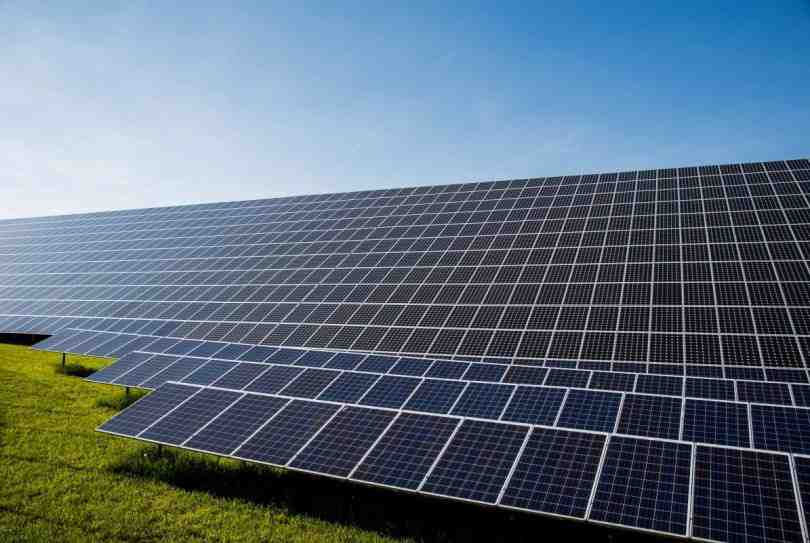
Advantages of Solar Energy
- Renewable Energy. With all the benefits of solar panels, the most important thing is that solar energy is a truly renewable source. …
- Reduce electricity bills. …
- Miscellaneous Applications. …
- Keep It Low. …
- Technological development. …
- Tau. …
- Price-Dependent. …
- Solar energy is expensive to store.
What is the value of solar energy? Solar energy is a pure and renewable energy. Once the sun is set, the sun’s energy can be freely available. Solar energy will last forever but it is estimated that the world’s oil reserves will last for 30 to 40 years. The energy of the sun does not hurt.
What are 10 advantages of solar energy?
Solar energy is free of pollution and no gas is emitted after installation. Reduce dependence on imported fuels and fuel oil. Clean, renewable energy that is available every day of the year, even on cloudy days provides energy. Return on investment is not the same as paying utility bills.
What are the advantages of solar energy class 10?
| Solar cell efficiency | The advantage of the Solar cell |
|---|---|
| · Renewable energy source · Environmentally friendly · Easy to maintain. · It is very useful in remote areas where there is an electrical disturbance | · The cost of the first set is high. |
What are some advantages and disadvantages of biomass energy?
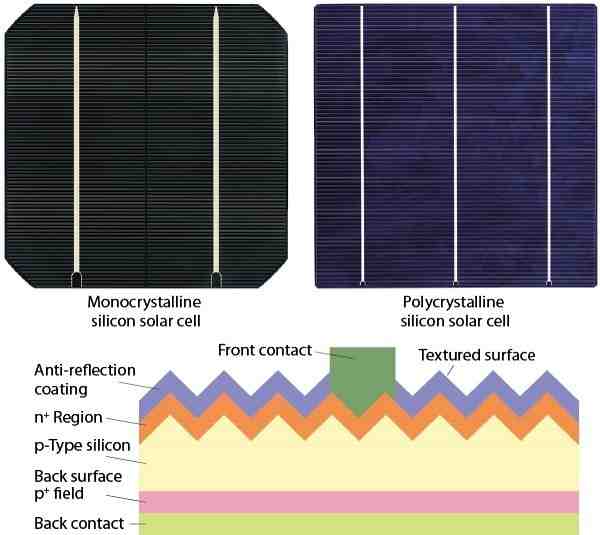
| Advantages of Biomass Energy | The Advantages of Biomass Energy |
|---|---|
| It can be renewed | Not Perfect |
| Carbon Neutrality | Higher Prices Compared to Other Changes |
| Reducing Dependence on Fuel Products | Threats to Deforestation |
| It’s Easy | Available |
What is the value of biomass? Biomass energy efficiency Biomass is a renewable energy source and cannot be destroyed. Biomass is mostly obtained from plants, which means that as long as plants survive on this planet, biomass will be available as a renewable resource.
What are 2/3 advantages of biomass energy?
Biomass Quality With the right furnace, many of these fuels can be burned without being recycled. Biomass fuels are usually readily available. Fuel collection seems to be cheaper than other fuels such as gas, paraffin, and electricity. Therefore, biomass fuels are more affordable to the poor.
What is disadvantage of biomass?
Paiomass oil is often burned in poor fires and conventional furnaces. In many cases, the demand for biomass fuels far exceeds the sustainable supply. Immoral burns lead to triggers. …
What are the advantages of biomass energy for kids?
Animals get their energy from the sun by eating plants. Biomass energy is considered a renewable energy because we can still grow a lot of trees and shrubs. It is not an infinite resource, however, it only takes a lot of land and water to grow plants. Biomass Energy comes in many shapes and forms.
How is solar energy used in everyday life?
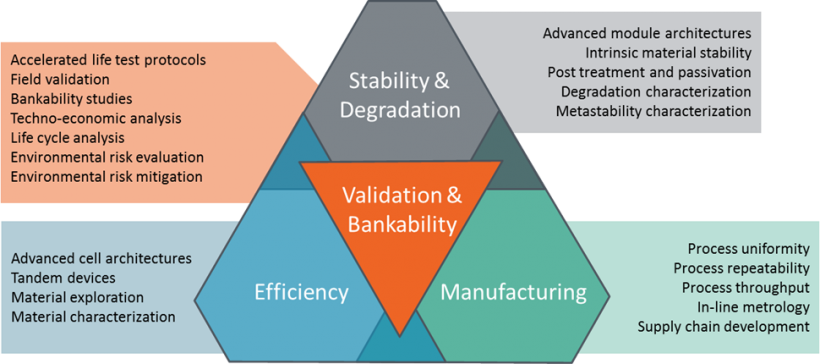
One of the most common uses of solar energy is for indoor and outdoor lighting. The cost of the battery can be recorded during the day when the sun is shining and the reserve energy can be used at night. You can also consider the energy of the sun to power the batteries in your home.
How much energy of the sun is used for most? What uses the sun’s energy? Solar energy uses sunlight to generate photovoltaic energy (PV) or solar energy (CSP) for heating the sun. This change in energy allows the sun to be used to power cars, lights, swimming pools, heaters and appliances.
Which of the following is an advantage of biomass energy?
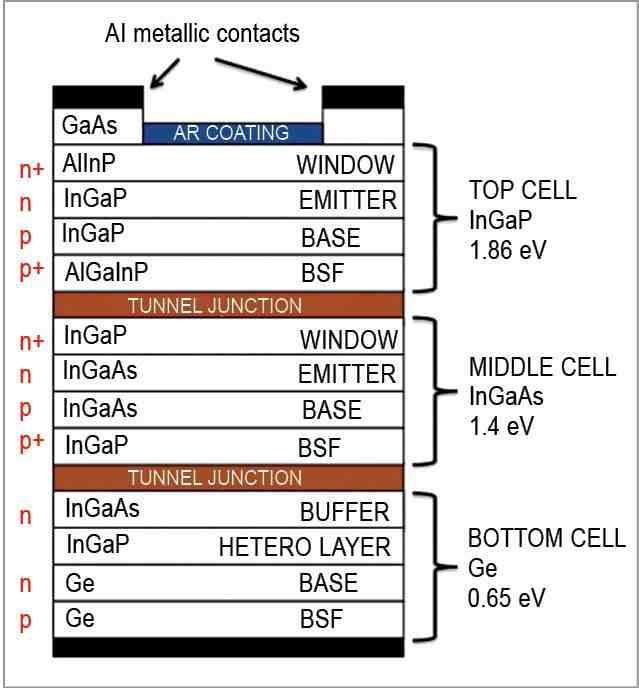
Biomass energy is easily sustainable if it is farmed and managed properly and found wherever plants can be grown. Another benefit of biomass energy is that it can be used for many different purposes, including heat generation, automotive fuel and electricity generation.
What is 2/3 good biomass energy? Biomass Quality With the right furnace, many of these fuels can be burned without being recycled. Biomass fuels are usually readily available. Fuel collection seems to be cheaper than other fuels such as gas, paraffin, and electricity. Therefore, biomass fuels are more affordable to the poor.
Which one of the following is a source of biomass energy?
Lumber, chips, bark, and sawdust make up about 44 percent of biomass energy. But any biomass can produce biomass energy. Other sources of biomass can include agricultural wastes such as fruit pits and grain husks. Firewood and firewood are used to generate electricity.
Which one of the following is a source of biomass energy quizlet?
any agricultural crop-trees, vegetables, algae, animal waste-can be used as a source of energy; old source of energy after the sun. sunlight gives plants the energy they need to convert water and carbon dioxide into oxygen and sugar. You just explored 23 times!
What kind of biomass energy resource is?
Biomass is plants or animals that are used as fuel to generate electricity or heat. Examples are firewood, hard farming, and waste from forests, fields, or farms. Because biomass can be used directly as fuel (for example, timber), some people use the term biomass. and biofuels as alternatives.
What are the advantages of biomass energy for kids?
Animals get their energy from the sun by eating plants. Biomass energy is considered a renewable energy because we can still grow a lot of trees and shrubs. It is not an infinite resource, however, it only takes a lot of land and water to grow plants. Biomass Energy comes in many shapes and forms.
What is biomass energy kid friendly?
Biomass is organic matter that comes from living or nearby organisms, such as plants and animals. Biomass energy is a form of renewable energy that converts biomass into a source of heat, electricity, or fuel to run vehicles.
What are the different applications of solar PV system in rural area?
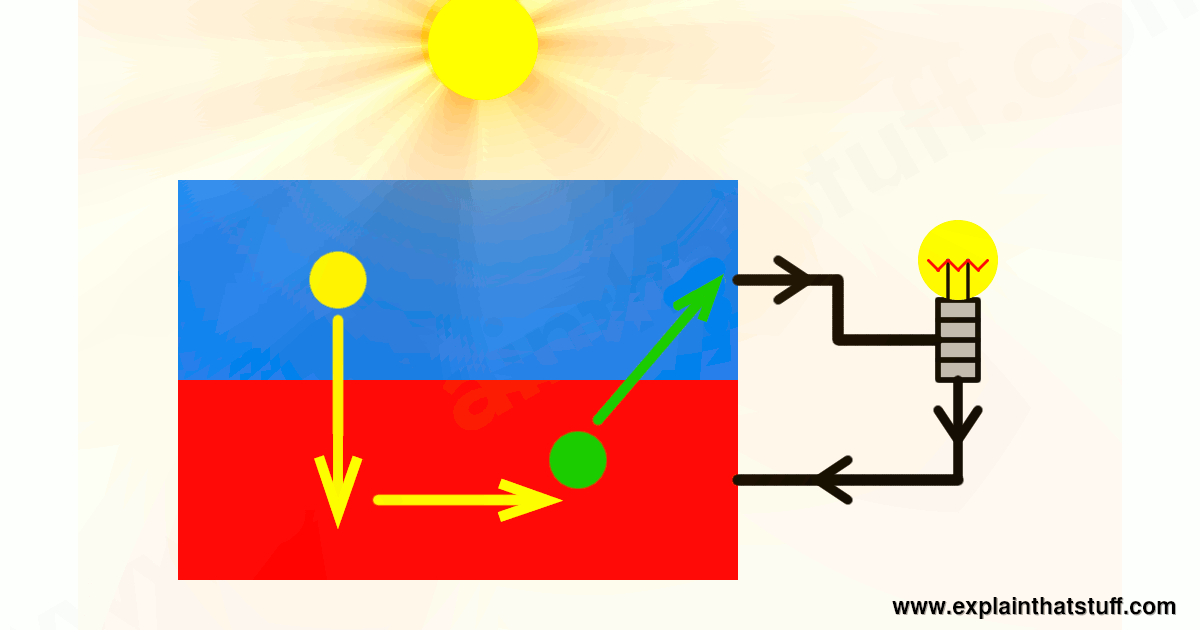
A large number of Stand-alone Photovoltaic Systems for various backyard applications are currently in use in India. A few essentials such as street lights, water pumping systems, community TV programs, integrated rural electricity systems and lighting systems are is described in more detail.
What are the components of a solar photovoltaic system? Management System. There are usually six components to each: a solar panel, a controller, a battery bank, a converter, a meter, and a power line. The correct installation of all of these components determines the effectiveness of the sun.
What is the main component of a photovoltaic solar cell?
Silicon is the most commonly used coating in the sun. Silicon forms strong bonds and is resistant to chemicals, moisture, and weather conditions. This is why silicone glue is used for sun panels. The most common is semiconductor.
Why are solar cells?
Solar cells are devices that use the photovoltaic effect to directly convert light energy into electricity, generating electrical charges that can move freely in semiconductors. The process was discovered in early 1839, but the first solar cell was introduced by Bell executives in 1954.
What is solar cell and its types?
Survival cells can be divided into three general types, glass bases, thin film escape cells, and a new development of a mixture of the other two.
What is photovoltaic cell and its application?
A photovoltaic cell, commonly referred to as a solar cell, directly converts energy into light into electrical energy using a physical process called the photovoltaic effect. Photovoltaic cells are used to generate electricity at a more economical rate than other energy sources.
What is meant by photovoltaic cell?
A photovoltaic (PV) cell, also called a solar cell, is an electronic unit that generates electricity when exposed to photons, or particles of light. … Solar panels, which are built of PV cell modules, began arriving on roofs in the late 1980s.
Which is the application of photovoltaic energy?
PV provides a suitable power source for remote areas (whether colder or much colder) where there is no other electricity. For example, photovoltaic systems can be used to supply electricity to: recycling facilities. water pump.
What are the main applications of solar photovoltaic system?
In urban or remote areas, PV can power machines, equipment, and meters. PV can meet the need for electricity for parking meters, temporary car signs, emergency telephones, radios, water pumps, meters, police poles. distance, street lights, and so on.
What are the uses of solar energy in India?
Solar energy can be used for various purposes such as heating, drying, cooking or electricity, which is suitable for rural India. It can also be used in cars, airplanes, powerful ships, satellites, calculators and many more, suitable for the urban population.